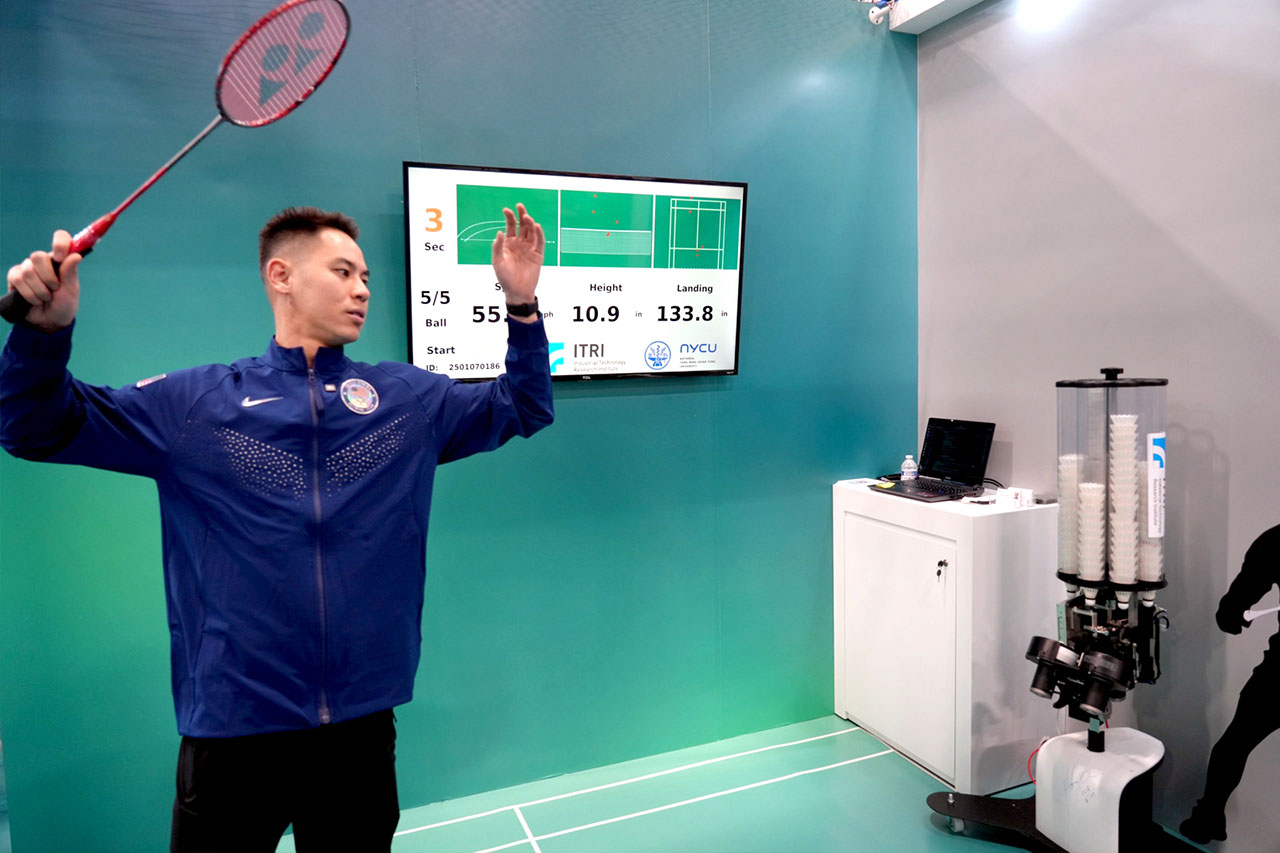Feature
ITRI at CES 2025: Unveiling Future Trends and Techs
ITRI showcased its latest innovations in Wellness and Smart Medical technologies at CES 2025, marking its 9th year of participation. At this grand event, ITRI highlighted key trends in AI, demonstrated its cutting-edge technological applications, and connected with visitors from across the globe to foster new inspiration. As ITRI President Edwin Liu emphasized, “We aim to demonstrate ITRI’s R&D capacities and explore new collaboration opportunities at CES, one of the world’s most influential tech events.”
Many innovations at this year’s CES employ AI, showing that AI has been deeply and widely integrated into human lives, according to ITRI’s findings released in its January seminar on key trends for CES 2025. The findings also indicated that AI chips are revolutionizing consumer products and offering them smarter capabilities. “Customer experience can be greatly enhanced with these transformative AI innovations. We recommend that companies extensively adopt AI to boost product competitiveness and explore business opportunities in untapped markets,” said Jeff Lin, Vice President and General Director of the Industry, Science and Technology International Strategy Center at ITRI.
Among ITRI’s exhibits, the AI Badminton Trainer, a TWICE PICKS Awards winner, is a notable example of how AI is leveraged to create a powerful tool to enhance athletic training and performance. A high-speed video camera captures player movements, and the data including swing posture and hitting position is sent to a cloud platform. The system then utilizes advanced AI image analysis, data inference techniques, and generative AI to analyze players’ skills and provide instant feedback with personalized training programs.

US badminton Olympian Howard Shu tries out ITRI’s AI Badminton Trainer at CES.
Howard Shu, a two-time U.S. badminton Olympian and member of the LA2028 Athletes’ Commission, was invited to experience the AI Badminton Trainer. “It’s really cool to see the machine provide data and output like speed that the human eye otherwise wouldn’t be able to calculate. Without the technology, a player may be able to tell that they’re getting tired at the end of a match or a third game but wouldn’t be able to tell exactly how much slower their smash may be,” he said.
“Having that data would help a player who’s always looking for the one percent advantage refine and improve their game. I’m excited to see the introduction and evolution of this technology for racket sports. Technology, whether it’s for enhancing performance, training, or recovery, is helping players to play longer and smarter,” he concluded.
Through CES, ITRI is committed to connecting its research results to the real market. Learn more about ITRI’s exhibits at CES 2025 below.
